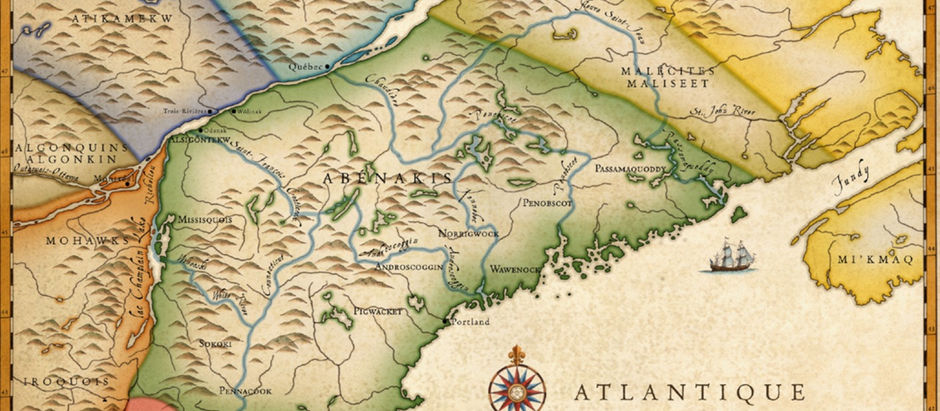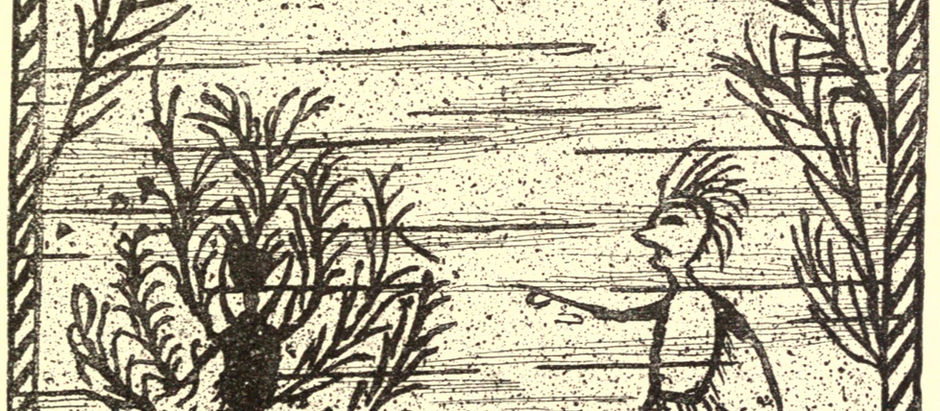top of page

Search


The Challenges of Researching Native Tales
Traditional Native lands of the Northeast, including the Wabanaki Confederacy. Wabanaki likely comes from the Passamaquoddy word...

Ben Hellman
Oct 9, 2021


Teaching Gluskabe: Wrestling with American Values
Gluskabe turning man into a cedar tree. Scraping on birchbark by Tomah Joseph 1884. (Image from Wikipedia). I never read a piece of...

Ben Hellman
Sep 19, 2021


Timely Lessons from the Land of the Coming of the Light
Just before dawn, Rockport, Maine August 26 (photo by author). The Native tribes of New England formed the Wabanaki Confederacy....

Ben Hellman
Sep 6, 2021
PRACTICAL MYTHOLOGY
Benjamin Hellman's Blog
bottom of page